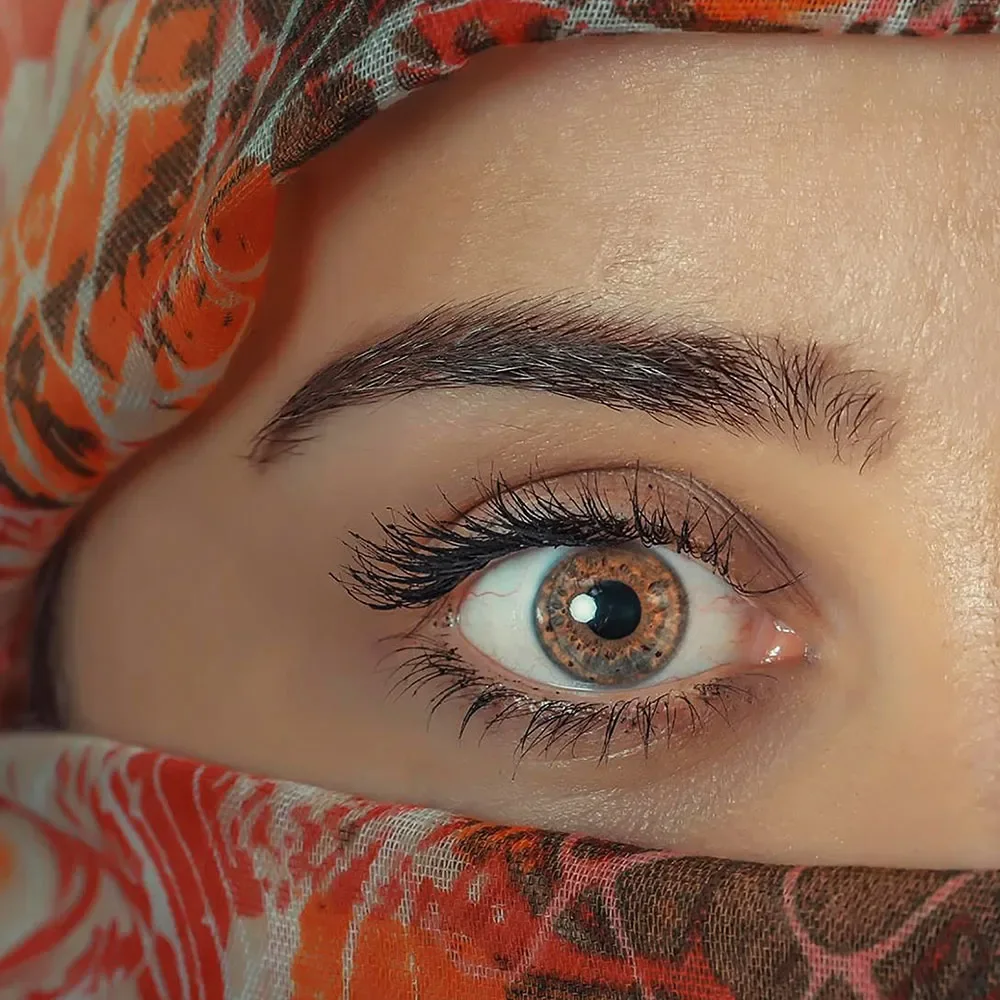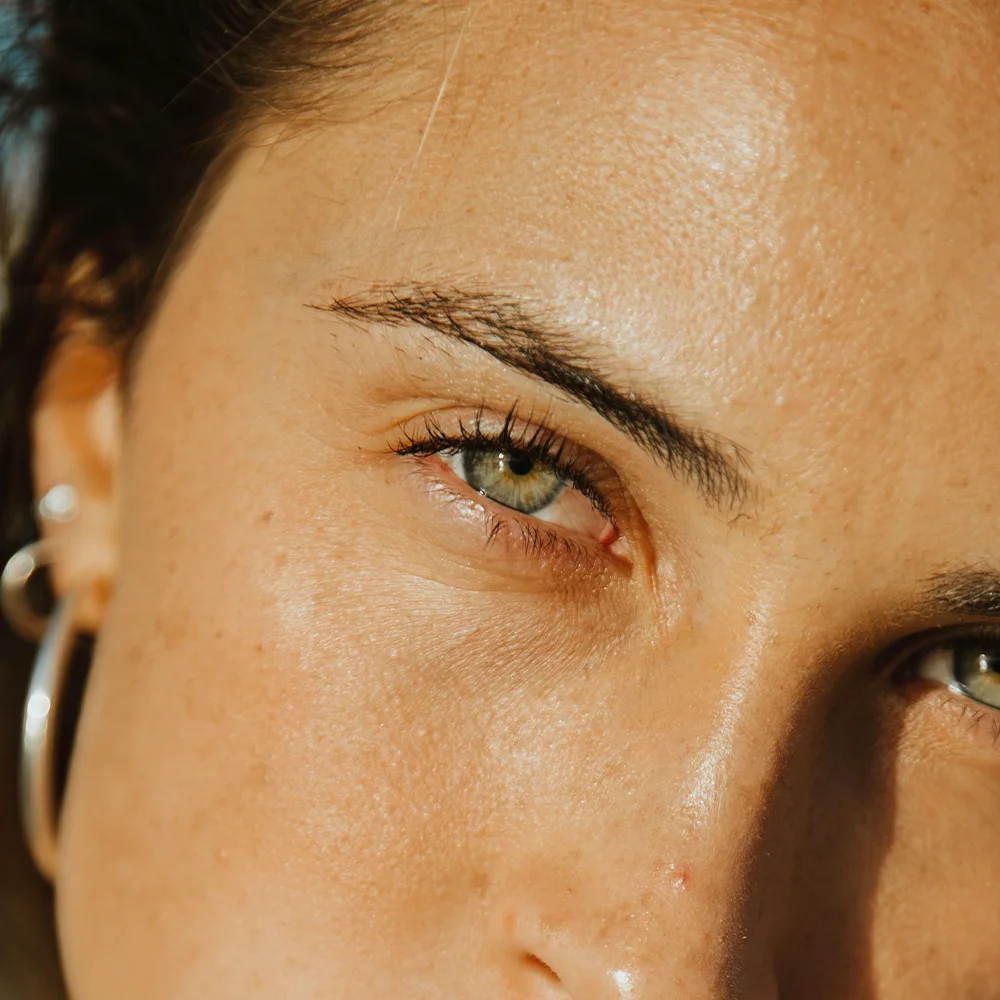How to remove eyelash extensions

Reviewed by Steve Silvestro, MD, Ro,
Written by Tobi Ash, MBA, RN, BSN
last updated: Aug 09, 2021
4 min read
Here's what we'll cover
If your eyelash extensions are bothering you, you may wonder how you can safely remove them. While they may seem like fragile, thin hairs that would be easy to remove, they are attached with surgical-grade glue. Lash experts use these materials with staying power to keep the eyelash extensions on for several weeks.
You’ll need to do some homework before you get lash extensions to ensure they work for you. It’s crucial to minimize all risks of an allergic reaction or infection to your eyes when applying or removing eyelash extensions.
How are eyelash extensions applied?
A professional lash artist will apply your eyelash extensions with a surgical-grade adhesive. When making an appointment, ask the studio if they use latex, formaldehyde, or other chemicals you may be allergic to. If you’re allergic to cats, don’t use mink lashes (Rhue, 2020).
When you get to the studio, make sure the linen or towel you lay on is clean, fresh, and changed for each client. The lash artist should thoroughly wash their hands, wear a mask, and use sterilized tools (Rhue, 2020).
Once you’re comfortable in the chair or treatment bed, the lash artist will clean your eyelids, gently tape your lower lashes, and start separating your lashes. The lash artist will attach an eyelash extension to each one of your natural eyelashes—not your skin—using a drop of medical-grade or surgical glue (Rhue, 2021).
Your lash artist will instruct you on how to clean, wash, and maintain your eyelash extensions.
Sometimes, allergic reactions can occur. If you notice itching, redness, or swelling in or around your eye, you will need to have your eyelash extensions professionally removed (Wan, 2021; Mukamal, 2018).
While they are meant to last at least a month, your natural eyelash growth and shedding cycle may affect how your lash extensions stay attached. If you notice any skin or eye irritation, or some of your extensions have fallen out, leaving a few stragglers, you may want to remove your extensions sooner.
How do you remove eyelash extensions?
If you’ve decided to remove your eyelash extensions, the American Academy of Ophthalmology strongly recommends that you should only have a professional, certified lash artist remove them (Wan, 2021).
The medical-grade glue that holds your eyelash extension in place is meant to last for a while. If you yank it out, you’re also yanking out your natural eyelash. Doing so may cause permanent eyelash damage, and your natural eyelash may not grow back.
Ophthalmologists report severe eye infections that can occur from misapplied eyelash extension remover (Moshirfar, 2018). When you use oils, creams, or devices in a DIY eyelash extension removal, you may develop an infection by contaminating the inside of your eye or irritating the skin of your eyelids (Rebecca, 2021).
Here’s what happens when a professional removes your lash extensions:
After washing their hands thoroughly, your lash artist will have you close your eyes before they apply eyelash extension gel remover. The remover will stay on for a few minutes to loosen the glue (BL Lashes, 2021).
Once the extensions loosen, they will use a special brush or sterilized tweezer to remove each lash. They’ll gently wipe off the glue residue, and you’ll be on your way, sans fake eyelashes.
Can you remove eyelash extensions at home?
While professional removal is your best option, there may be times when you’re unable to go to a professional and need to remove your lash extensions yourself.
At-home eye extension removal is all about weakening the adhesive, so your eyelash extensions fall off by themselves, hopefully without harming your real lashes. This process won’t be immediate and may take a few days (Rebecca, 2021).
Here are the dos and don’ts of lash extension removal (Rebecca, 2021):
Do’s of eyelash extension removal
Start with an oil-based eye makeup remover or cleanser on your eyelid and in the eye area. The oil in the product helps release the eyelash extension glue.
Some lash technicians recommend using steam to loosen the glue. You may want to take a long, hot, steamy shower or carefully steam your face over a hot cup of tea, taking care not to risk burning your skin in the steam.
Olive oil, coconut oil, canola oil, or baby oil may also loosen the glue. Some use castor oil, but do not use this if you’re sensitive to castor beans. Dip a q-tip (cotton swab or bud) into the oil, making sure the oil doesn’t drip. Don’t use a cotton ball or cotton pad as they absorb too much oil. Run the swab gently over the top of your eyelid at the lash line. Take care not to get oil into your eye. If that happens, flush your eyes with cool water.
Curl your lashes using an eyelash curler and use mascara and eyeliner. Lash experts usually recommend not using these eye makeup products because they weaken the lash glue. But if you want to remove the lashes, then this may help. Mascara also helps to lengthen your natural lashes. If you’ve got a few stragglers left, eye makeup helps even out your look and speeds up the removal process.
To turbo-charge the removal process, repeat all of these steps daily. Your lash extensions should fall out easily within a few days.
Don'ts of eyelash extension removal
Do not tug or pull on your lashes.
Do not pick at your eyelash extensions.
Do not use a tweezer to remove your lash extensions.
Pulling, tugging, and tweezing may create gaps in your real lashes that can take months to grow back or may even be permanent. If you want to do lash extensions again, you may not be able to fill that area if you have no real lash to attach the extension to. Repeated picking may result in permanent lash damage.
Don’t rub your real lashes when your lash extensions fall off. Lash extensions are heavy on your natural lashes, making them more prone to break. Eye rubbing can lead to that lash breakage.
The last word
Eyelash extensions are a semi-permanent beauty treatment that requires professional application and removal to keep the eye, eyelid skin, and lashes healthy. At-home removal may damage your natural lashes. If you love how eyelash extensions make you look and want to keep getting them, your best bet is to find a lash artist that can accommodate your schedule and uses materials that keep your lashes and eyes healthy.
DISCLAIMER
If you have any medical questions or concerns, please talk to your healthcare provider. The articles on Health Guide are underpinned by peer-reviewed research and information drawn from medical societies and governmental agencies. However, they are not a substitute for professional medical advice, diagnosis, or treatment.
BL Lashes. (2021). Eyelash extension removal: How to guideline. Retrieved from https://www.bllashes.com/blogs/blog/eyelash-extension-removal
Moshirfar, M., Masud, M., Shah, T. J., Avila, M. R., & Hoopes Sr, P. C. (2018). Chemical conjunctivitis and diffuse lamellar keratitis after removal of eyelash extensions. American Journal of Ophthalmology Case Reports , 12 , 21-23. doi: 10.1016/j.ajoc.2018.07.007. Retrieved from https://www.sciencedirect.com/science/article/pii/S2451993618302159
Mukamal, R. (2018). Eyelash extension facts and safety. American Academy of Ophthalmology . Retrieved from https://www.aao.org/eye-health/tips-prevention/eyelash-extension-facts-safety
Rebecca, A. & Rhue, H. (2021). Ask a lash tech: 5 ways to remove eyelash extensions at home. Byrdie . Retrieved from https://www.byrdie.com/how-to-remove-eyelash-extensions-at-home-4802386
Rhue, H. (2020). Every question you’ve ever had about lash extensions, answered. Byrdie . Retrieved from https://www.byrdie.com/lash-extension-tips
Wan, LHI. (2021). Eyelash extensions. American Academy of Ophthalmology: EyeWiki . Retrieved from https://eyewiki.org/Eyelash_Extensions










